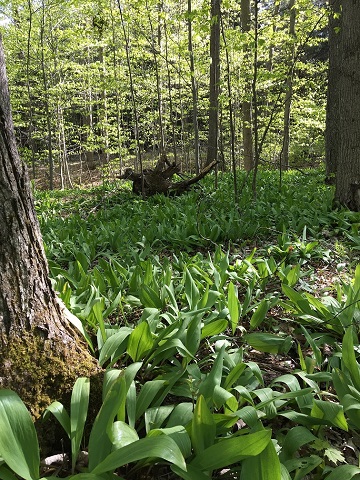Southern-Pine Silvopasture System for Expanding the Grazing Opportunity for Goats

Silvopasture is a sustainable agroforestry practice where trees and forages are grown together in a single management unit, and grazing livestock are incorporated into this unit to utilize the available forages. A silvopasture system can be developed by thinning down existing woodlands, and establishing and managing suitable forage species in the remaining available space. As most small-scale livestock producers in the Southeast have limited acreage of open pasture, but have several acres of woodland, there is a tremendous potential to develop silvopasture systems to extend and expand grazing opportunities. To successfully develop and manage silvopasture systems, information is needed on suitable forages. Experts at Tuskegee University evaluated eight different cool-season forages for goats at two different sites.
- Details
- Written by Uma Karki




